Contents
Everyone wants to grow more food right? But what if you are limited in space, you ask? Well, I have 6 secrets that will help you grow more food in less space. Without creating new space, these secrets will help you maximize your space you do have so you can start harvesting more food.
6 Secrets to Growing More Food in Less Space
Secret 1. Proper Growing Conditions
Let’s get the easy stuff out of the way first. This point is to say, why not give your plants the best head start they can get. Here are a few ways you can set up your garden for success:
– The right amount of sunlight depending on the particular vegetable. Click here to read my post of all the veggies that love full sun, part sun, and full shade. There is no sense in expecting a tomato to give you plenty of fruit if it’s planted in full shade.
– The right soil health. Soil should never be overlooked and mainly contributes to the health and abundance of your crops. Compost is always a good nutrient boost at the start of each season to top-dress over your beds. Whereas midseason you can add organic soluble fertilizers as well to give your plants a little boost.
– The right amount of water. Yes, there is a right way to water your garden and without the correct levels of moisture, your plant can severely suffer. Click here to read all about watering your garden the right way.
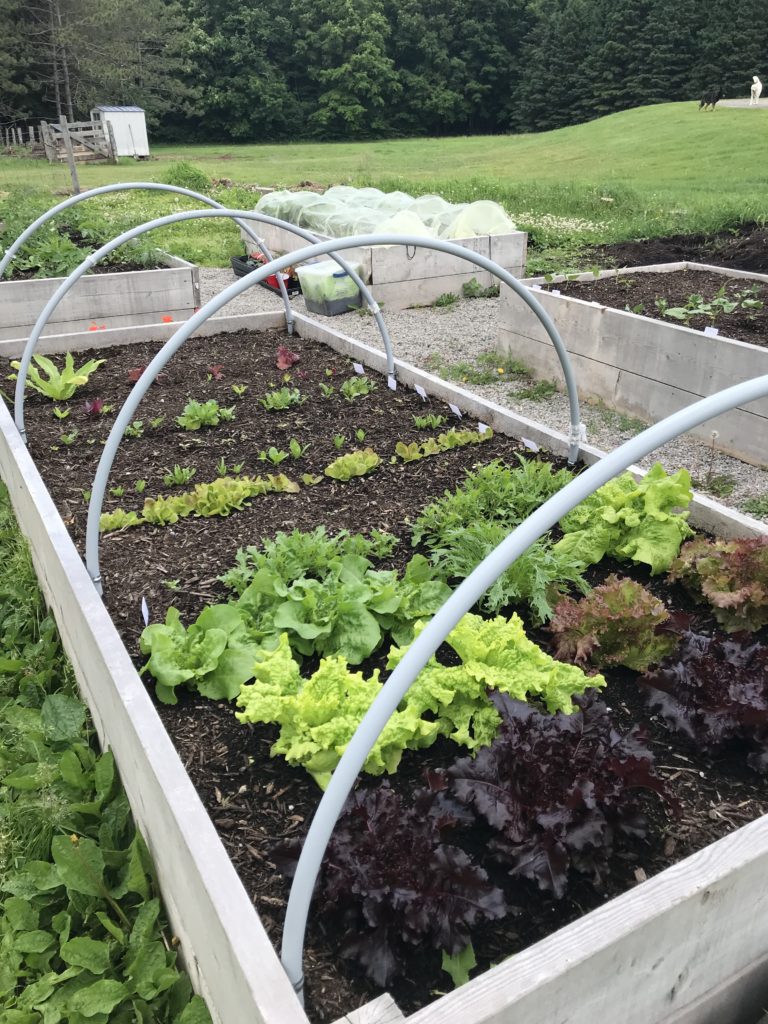
Secret 2. Succession Planting
This is an easy trick to help you plant more and waste less produce. Succession planting means staggered plantings so that you can keep a continuous harvest.
For example, if you have a raised garden bed that is all lettuce, instead of planting all the lettuce at the same time (and being overwhelmed when it’s all ready at the same time and not being able to eat it all), you plant a couple of rows one week, and then wait 2 weeks, plant a couple more rows.. so that they are ready at different times. This way you are not wasting any food!
You can even scatter these succession plantings in wherever, perhaps under a tomato or plant radishes before you do your next row of lettuce. This brings me to my next secret…
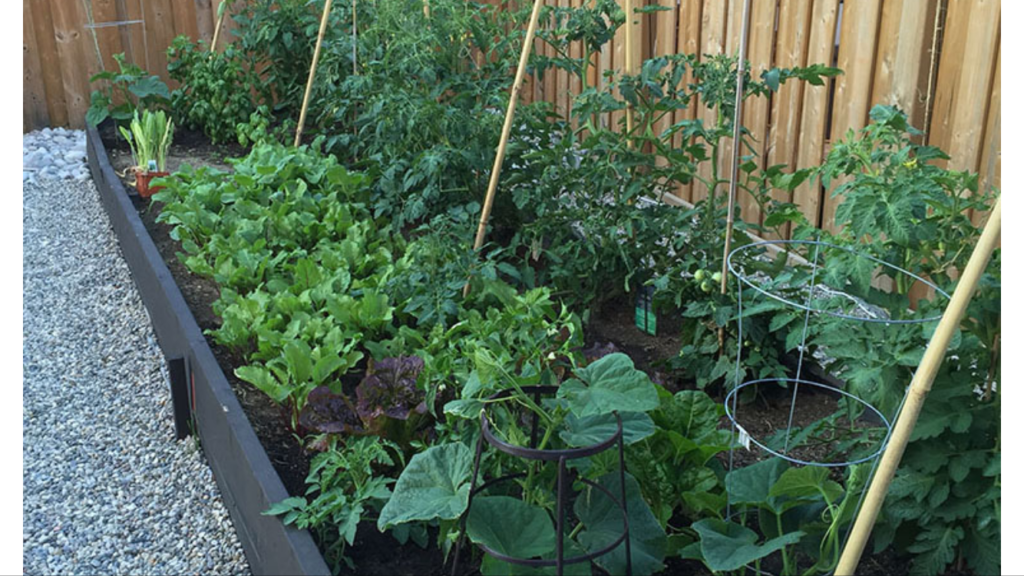
Secret 3. Interplanting
This is one of my favourite secrets. Simply, interplanting is planting two or more crops beside each other. For example, if you have a whole bed of tomatoes or cabbage, take advantage of the space around those crops. Until the tomatoes or cabbage are fully grown, there is a ton of space around them for other crops.
You could plant lettuce underneath the tomatoes, the tomatoes will cast shade for the cool-loving lettuce, and by the time you harvest your lettuce, your tomatoes will be almost ready. You could plant radishes around your cabbage, since they are such a quick crop you will be able to harvest the radish before the cabbage gets too big.
My favourite thing about interplanting is the fact that it essentially acts as a groundcover. The smaller crops under the larger ones, not only protect soil against erosion, but also acts as a mulch, keeping the soil protected, cool, and weed-free.
The classic example of interplanting is the three sisters: corn, peas, squash. The corn grows tall and acts as a support for the trellising beans, while the squash grows horizontal keeping the soil cool and weed-free.
Secret 4. Intensive Planting
Intensive planting is simply when you try to fit as much in your space as you can. While the back of the seed pack says one thing in regards to the spacing, you can go closer – trust me.
A good rule of thumb and example is square foot gardening. For every 1 square foot (12” x 12) you can fit a certain amount of crops successfully. For example, 1 tomato per square foot, 4 spinach plants per 1 square foot or 16 carrots per square foot.
However, after using the square foot method myself I have learned a couple of things, click here to read what I learned about the square foot method. If you’re wondering how close to go, think about the plant’s mature size and eyeball that spacing in your head, making each plant essentially will touch each other when fully grown.
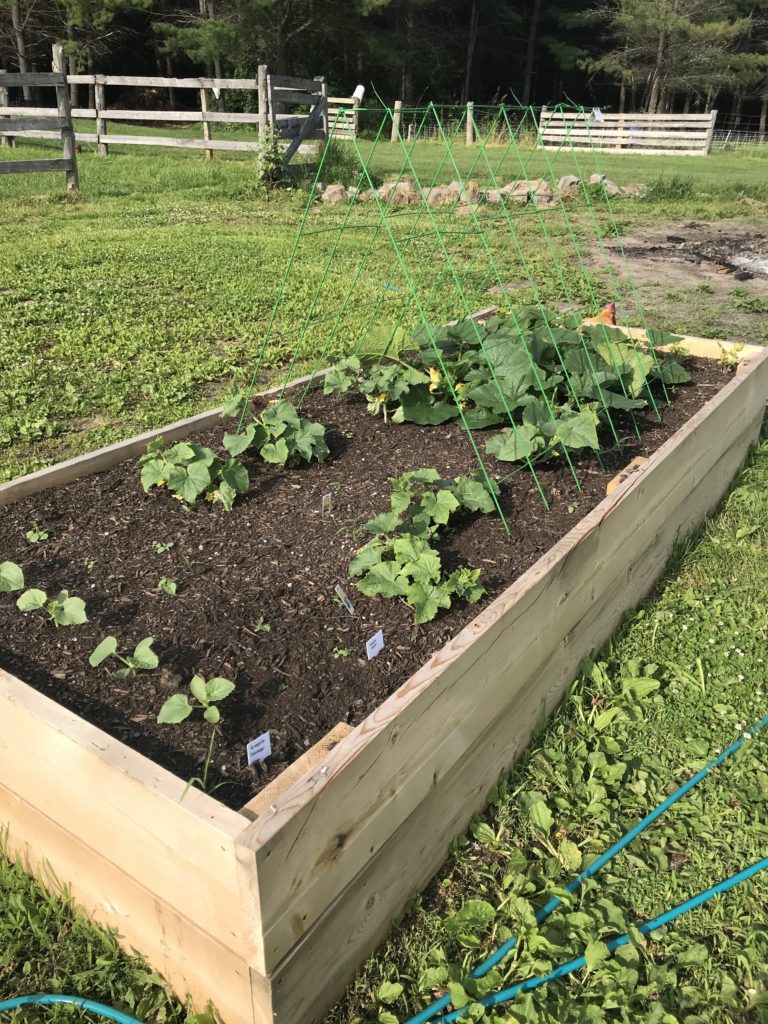
Secret 5. Vertical Growing
Perhaps the most common space-saving technique, go vertical if you can’t go horizontal! Some great vertical growing techniques include:
– Trellis. The most popular method. For example, instead of letting cucumbers sprawl and take up the whole garden bed, why not grow it vertically on a trellis and save 3/4 of your planting bed! The same goes for squash, tomatoes, peas/beans, etc. Trellises can be anything! Old ladders, pallets, store-bought metal ones, etc.
– Built-in planters. There are a ton of ideas on Pinterest that you can build or buy that will save space and let you grow an abundant amount of food!
– Hanging fabric planters. If you have some sort of wall space available, these are a great thing to use to utilize your unsuspecting space and increase yields.
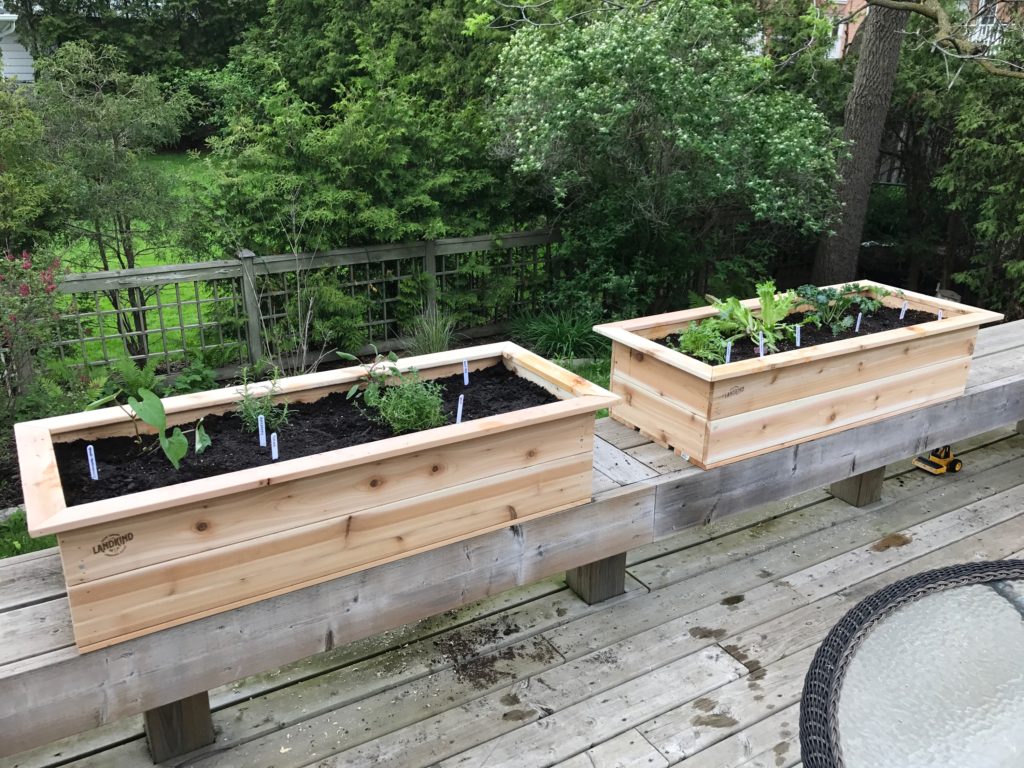
Secret 6. Uncommon Spots
A bonus tip! And this tip is for the creative. If you are super tight on space, try and get creative: plant in your flower garden, in pots, on your balcony, on your window sill, etc. There is always more room for one more plant 🙂
I’d love to know if you have any other secrets you practice to grow more food in less space. Let me know in the comments below.
Talk soon,
Abbagail
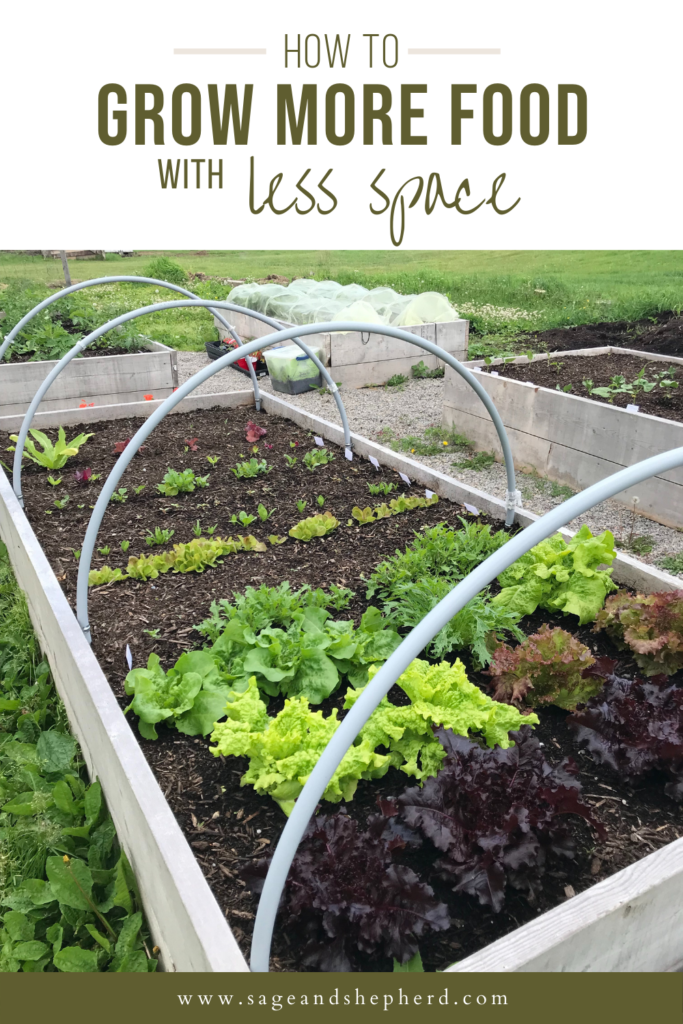
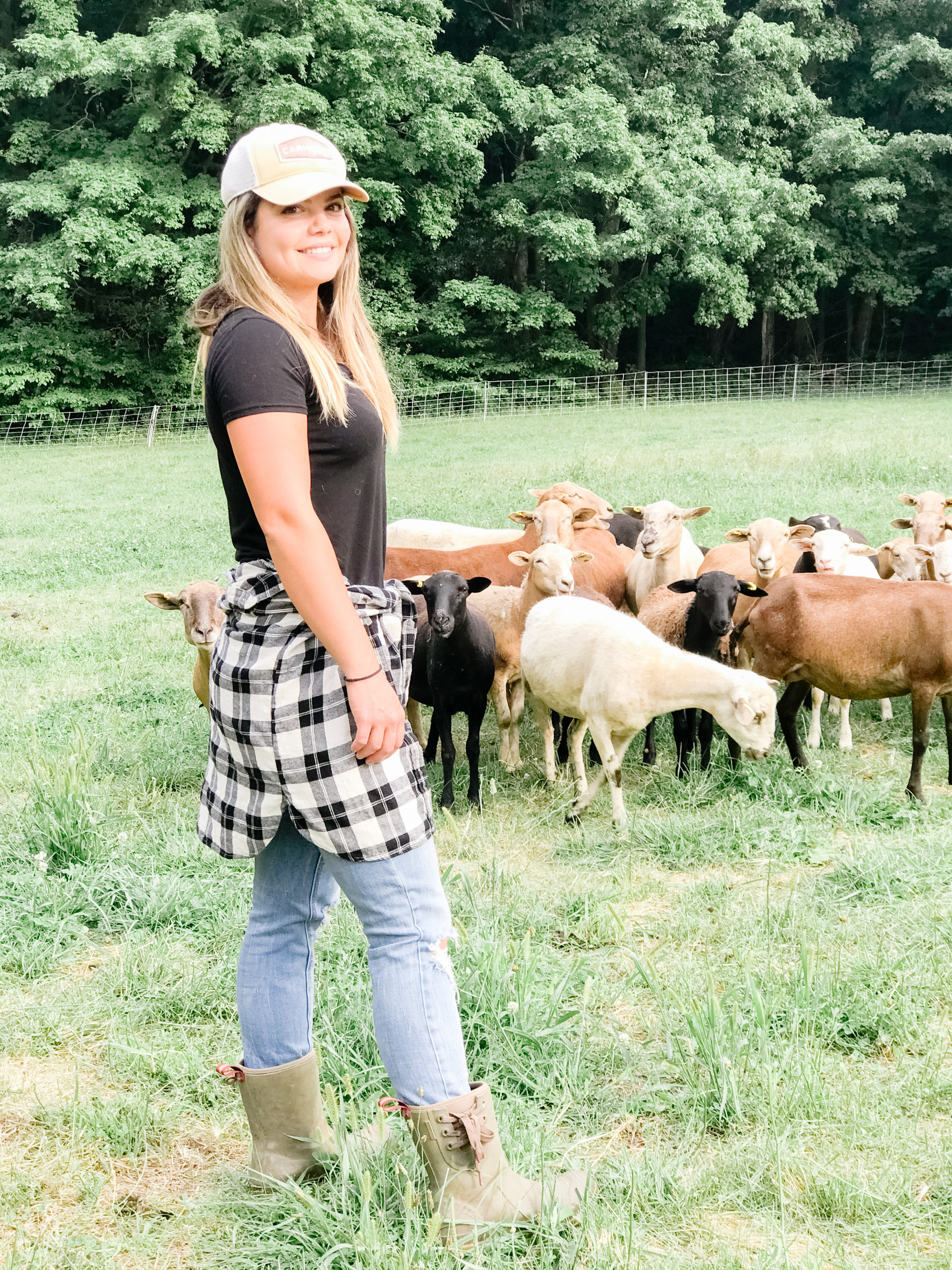



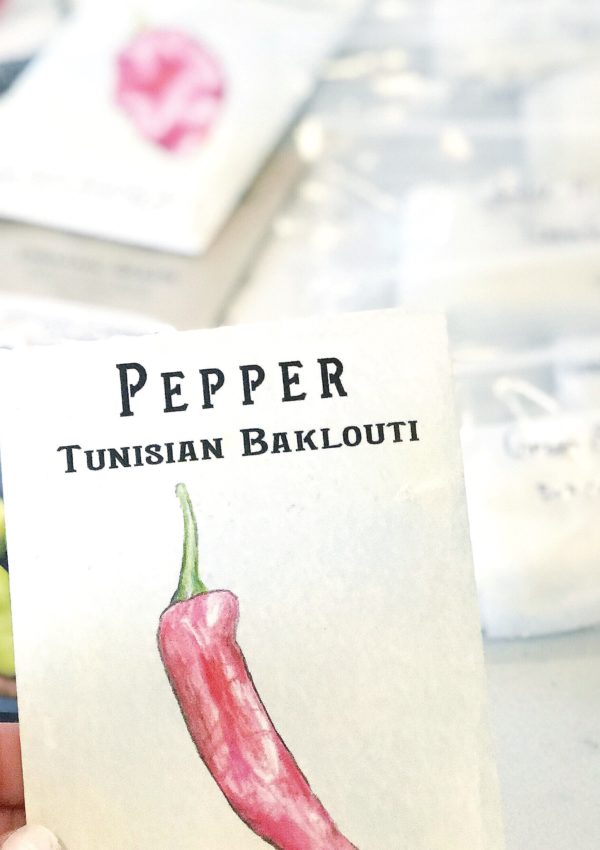
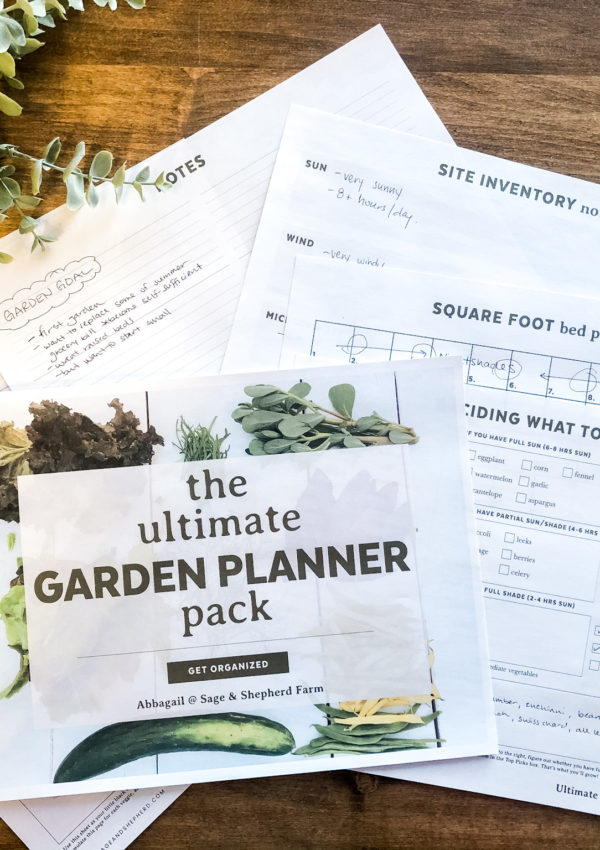
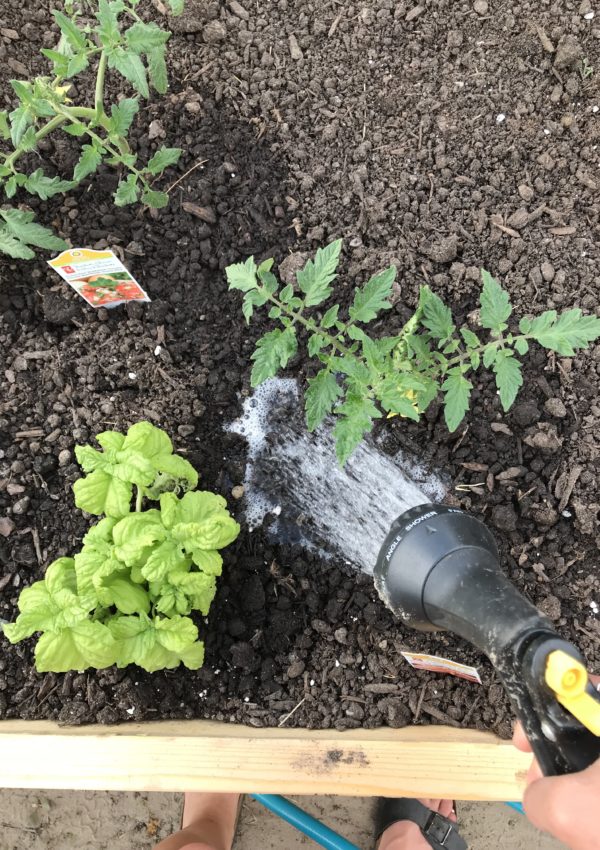
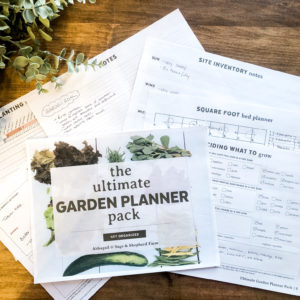
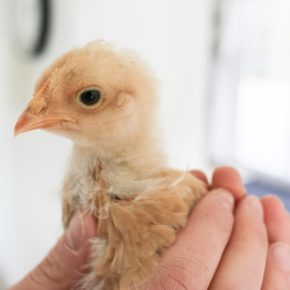
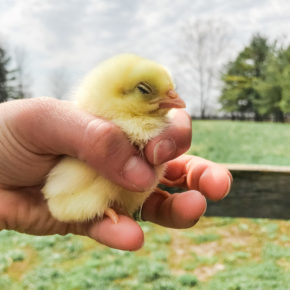
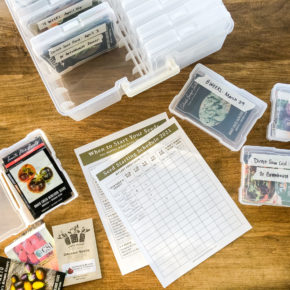
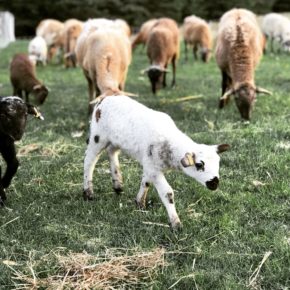
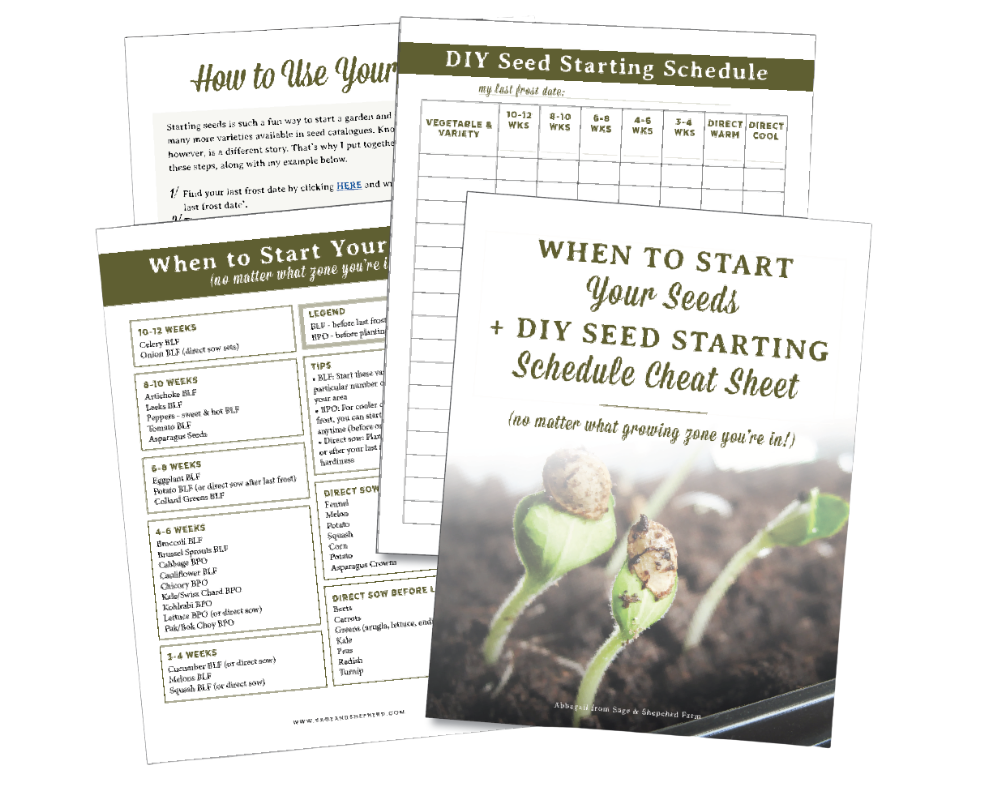
Thanks for sharing your tips with us at Simple Homestead Blog Hop! Your article is one of our features at this week’s hop, see you there!
Melissa | Little Frugal Homestead
Melissa recently posted…Happenings on the Homestead #110
Thanks so much!!